Groundwater Potential Mapping: A Practical Approach
Groundwater is a valuable resource that is essential for human life and economic development. However, groundwater resources are often limited and can be overexploited, leading to water scarcity and other problems. Groundwater potential mapping is a process of identifying areas with potential for groundwater availability. This can be done using a variety of methods, including geoinformatics. Geoinformatics, which integrates remote sensing, GIS, and geo-statistics, provides a powerful platform for groundwater assessment. It is an important tool for sustainable groundwater management, particularly in regions facing water scarcity. This manual provides a detailed methodology for groundwater potential mapping on River Basin level. The manual covers the practical aspects of groundwater potential mapping, such as watershed delineation, data collection, data analysis, decision making criterion approach, map interpretation, and validation using remote sensing, GIS, and statistical modelling. The manual is intended for a wide range of learners from students to scientists including hydrologists, hydrogeologists, engineers, planners, and policy makers. It is a valuable resource for anyone who is involved in the management or development of groundwater resources.
Get it now and save 10%
BECOME A MEMBER

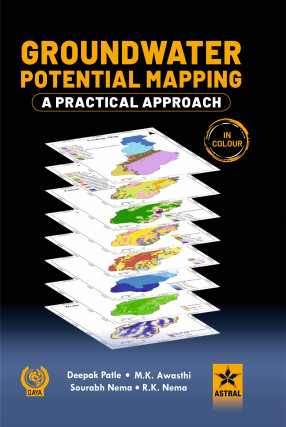
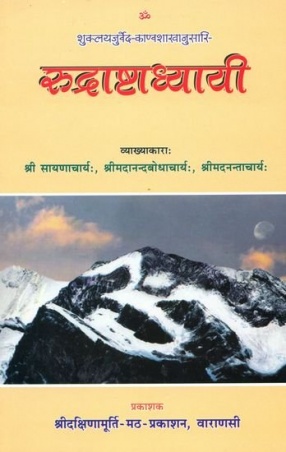
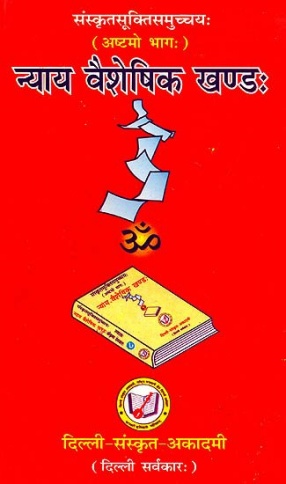
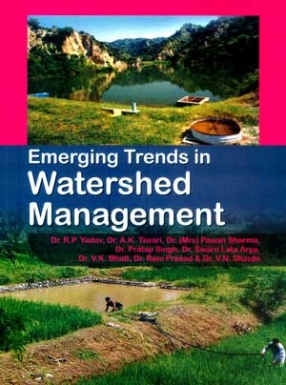

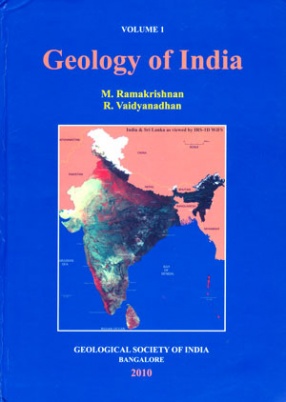
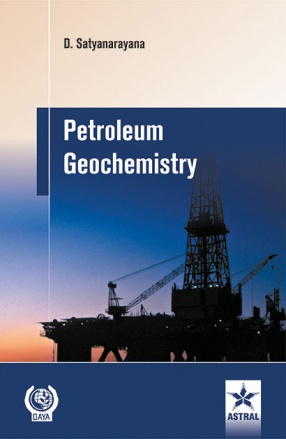
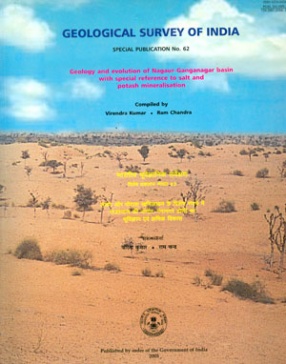
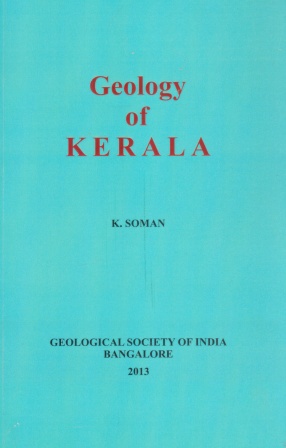

Bibliographic information
M K Awasthi
Sourabh Nema
Ors.